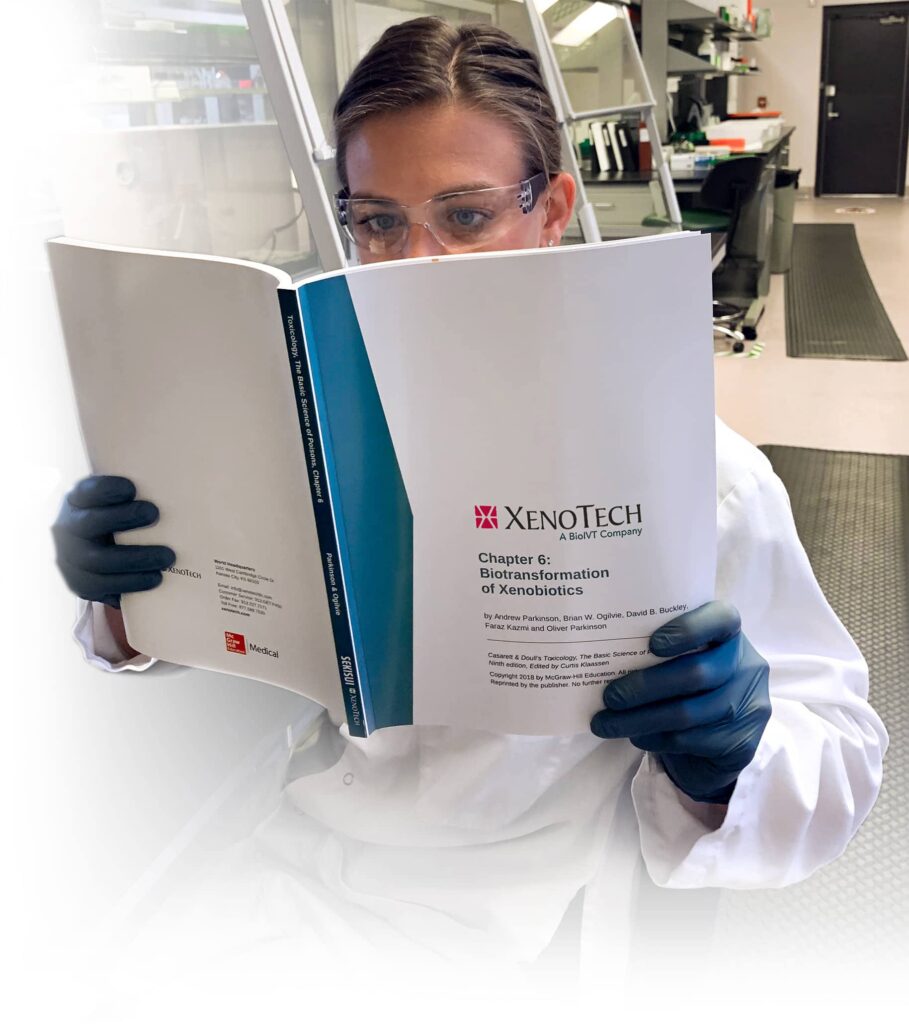
Automated High Content Drug Transport Screening with Transwell Plates for Drug Discovery
Full Title
Automated High Content Drug Transport Screening with Transwell Plates for Drug Discovery
Abstract
- The purpose of this study was to develop a method to use bidirectional intestinal permeability and drug transport to identify substrates and inhibitors of MDR1 or BCRP.
- The alteration of drug transporters potentially affects clearance and efficacy.
- Cells grown on transwell permeable membranes were washed, treated, and samples were collected with an automated liquid handler.
- Data showed the automated method as consistent with in-house historic values and within and between assays.
Measuring bidirectional intestinal permeability and drug transport using Caco-2 and MDCKII can identify potential substrates or inhibitors of MDR1 or BCRP and identify the permeability class of potential new drugs. Two recent FDA documents, 2012’s Drug Interaction draft guidance and 2015’s Waiver of In Vivo Bioavailability and Bioequivalence, show the increasing interest and significance in transporters and permeability, particularly in MDR1 (P-gp) and BCRP. The alteration of drug transporters potentially affects clearance and efficacy. Early assessment of this potential leads to better, safer drugs and reduced development costs. A method utilizing a Tecan liquid handler and Caco-2 or MDCKII cells grown on permeable membranes (Figure 1) was created to measure bidirectional intestinal permeability and drug transport. The screen evaluates up to 14 compounds in one assay and measures permeability and efflux. Read more about Drug Transporter Screening.